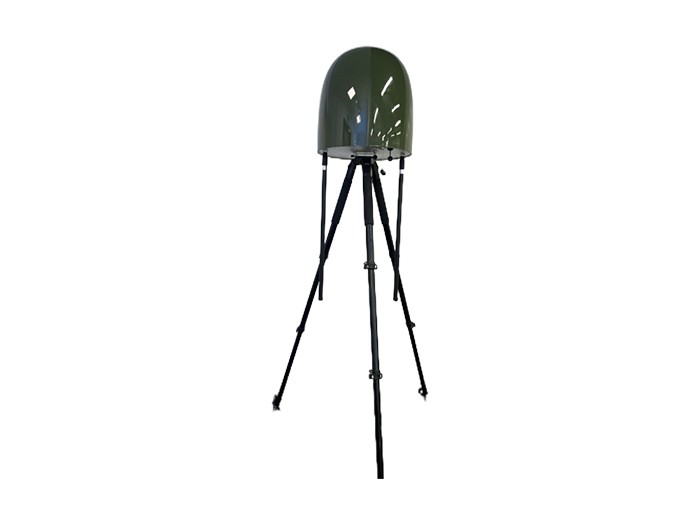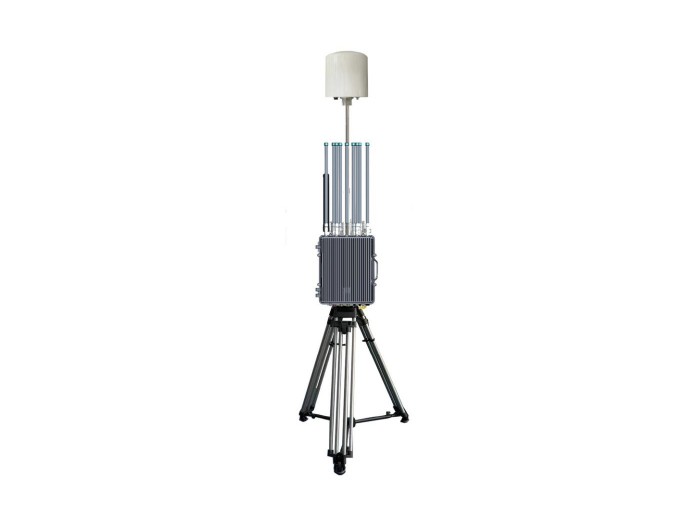Gun UAVs: The Future of .50 Caliber Integration in Modern Warfare
In recent years, the military and defense sectors have been increasingly challenged by the need for effective surveillance and strike capabilities. Traditional ground forces often face limitations in reaching remote or dangerous areas, creating a demand for advanced solutions. One of the most promising advancements is the integration of gun drones, particularly those equipped with .50 caliber weapons. This emerging technology addresses common pain points such as precision targeting, reduced risk to personnel, and increasing operational efficiency. As the industry trends toward incorporating UAVs with heavy weaponry, understanding the implications and applications of gun UAV with .50 caliber capabilities becomes essential for defense leaders.
Understanding Gun UAVs and .50 Caliber Firearms
Gun UAVs, or armed unmanned aerial vehicles, are designed to operate autonomously or under remote control while carrying weapons. The .50 caliber weapon, originally developed for heavy machine guns, offers increased lethality and penetration, making it suitable for various tactical engagements. While drones have utilized lighter armaments for years, such as small-caliber rifles or missiles, the integration of .50 caliber weapons marks a shift towards long-range precision strikes and combat readiness. These UAVs can deliver fire support with unprecedented accuracy, minimizing collateral damage while maximizing impact on enemy targets.
According to the Department of Defense, the need for adaptable and innovative technologies in warfare has never been greater. The UAV market is expected to grow significantly, with military drone spending projected to reach $20 billion by 2025, highlighting the critical role of advanced weaponry integration in this sector. As a result, the development and deployment of gun UAVs fitted with .50 caliber weapons can transform battlefield dynamics, offering a significant tactical advantage.
Benefits of Integrating .50 Caliber Weapons into Gun UAVs
The integration of .50 caliber weapons into UAV platforms offers several compelling advantages:
- Increased Firepower: The .50 caliber rounds deliver devastating firepower capable of penetrating armor, which is essential for engaging modern threats including lightly armored vehicles and fortified positions.
- Enhanced Precision: Due to advanced targeting technologies, gun UAVs can deliver highly accurate strikes at considerable distances, reducing the likelihood of collateral damage.
- Risk Mitigation: Deploying UAVs equipped with .50 caliber weapons reduces the need for manned aircraft in hostile environments, leading to a lower risk of personnel casualties.
- Versatile Applications: These UAVs can be utilized for various operations, including reconnaissance, close air support, and anti-vehicle strikes, allowing versatile deployment in diverse military scenarios.
- Cost-Efficiency: Utilizing UAVs for combat missions can significantly reduce operational costs compared to traditional manned missions, providing a cost-effective advantage in military operations.
With military budgets under constant scrutiny, the cost-effectiveness coupled with increased capabilities makes .50 caliber-equipped UAVs an attractive option for modern armies.
Applications of Gun UAVs with .50 Caliber Weapons
The applications for gun UAVs equipped with .50 caliber weaponry extend across numerous domains in modern warfare:
- Counter-Insurgency: Armed drones can be deployed to engage insurgent positions without endangering ground troops, significantly improving mission success rates.
- Border and Coastline Patrol: UAVs can monitor and respond to potential threats in border control and maritime operations, utilizing .50 caliber to suppress hostile vessels.
- Urban Warfare: In urban environments, gun UAVs can provide precision strikes against enemy combatants without risking civilian lives through traditional strike methods.
- Special Operations: Special forces can leverage the speed and stealth of armed UAVs to neutralize targets or gather intelligence in denied areas effectively.

Trends in Gun UAV Development
As the defense industry continues to evolve, several trends are emerging in the development of gun UAVs with .50 caliber capabilities:
- Autonomous Operations: The push toward more intelligent and autonomous drones is gaining traction, leading to the development of decision-making algorithms that enhance operational effectiveness.
- Integration of AI and Machine Learning: AI-driven systems are becoming integral in UAV targeting systems, enabling improved accuracy and threat identification in dynamic environments.
- Enhanced Payload Options: Manufacturers are focusing on developing modular UAV platforms allowing for easy upgrades in weapons systems, such as enhancing payload capacity to accommodate .50 caliber weaponry.
Recommendations for Adopting Gun UAV Technology
Organizations considering the integration of gun UAVs equipped with .50 caliber weaponry should keep these key takeaways in mind:
- Conduct an operational assessment to determine how UAVs can fit within existing strategies and capabilities.
- Stay informed on the latest technological advancements in UAV platforms and weaponry to ensure you remain at the forefront of modern warfare.
- Engage in training programs aimed at optimizing the use of gun UAVs to enhance personnel readiness and operational capacity.
- Reach out to experts and manufacturers for consultations on best practices for implementation and integration.
- Monitor legislation and regulations surrounding armed UAV usage to ensure compliance and operational legality.
Conclusion
Gun UAVs equipped with .50 caliber weapons signify a transformative shift in modern warfare capabilities. As organizations embrace this technology, the strategic advantages—enhanced firepower, accuracy, and reduced risk—can lead to effective operational outcomes in various military domains. For expert guidance and innovative solutions tailored to your needs, visit our website now or contact us for a free consultation. Together, we can navigate the evolving landscape of UAV technology to face the challenges of tomorrow.

















